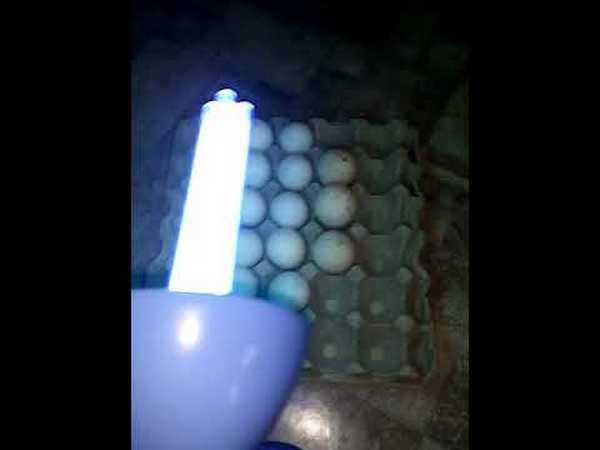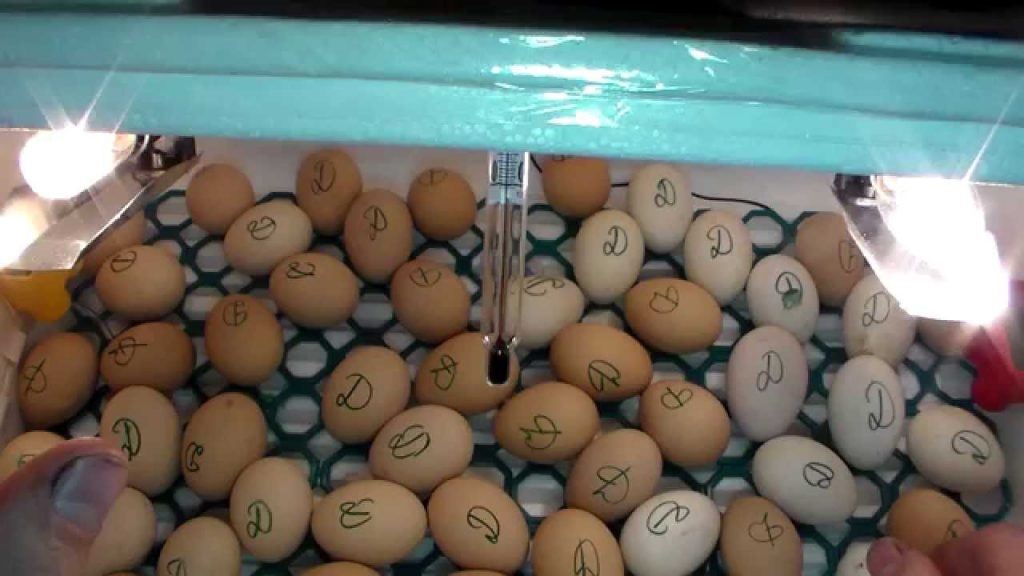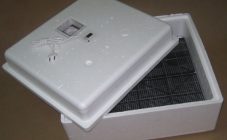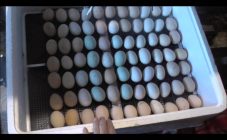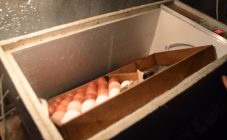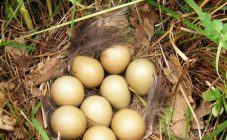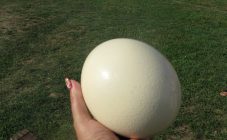Content:
Breeding young farm birds is a difficult and painstaking business. It is possible to simplify and automate the process using special devices - incubators. An incubator is an apparatus that maintains the required temperature, humidity; some structures provide for automatic turning of eggs. The use of an incubator allows hatching chicks throughout the year.
The incubation of chicken eggs is a complex technological process, in which temperature and the correct level of humidity play an important role. Minimal temperature fluctuations negatively affect the formation of embryos. Humidity indicators must also be strictly observed. In conditions of lack or excess of moisture, the lethal outcome of hatching chickens is possible.
The most common hatchery poultry is chicken. Breeding chicks into layers reduces the productive capacity of individuals caring for the offspring. Breeding chicks in an incubator at home allows you to keep the productivity of hens at the same level.
Incubator selection
Currently, there are many types of incubators. They differ in the egg-turning mechanism. Manual mechanical inversion requires constant supervision by the breeder. If the turning regime is not followed, the embryos die. When choosing an incubator with automatic overturn, the hatching process is greatly facilitated (for example, this is the Cinderella incubator, Blitz 48).
When choosing an incubator, consider the following factors:
- capacity;
- mechanism for turning trays;
- mechanism for maintaining temperature and humidity;
- body material and insulation;
- the ability to connect a backup power source.
The presence of automated systems significantly increases the price indicator of the device. The most affordable are fully manual models.
Incubator disinfection
There are several ways to disinfect an incubator. By the type of substances used, they are distinguished: chemical, physical and biological methods.
In addition, according to the method of disinfection treatment, they are divided into: wet, gas and aerosol disinfection.
One of the most popular remedies is Chloramine. You can find it on sale at the pharmacy. The working solution is prepared at the rate of 10 tablets per 1 liter of water. It is necessary to treat surfaces with such a composition with a spray gun.
The walls of the device should be moistened with Chloramin for 3-4 hours for maximum antibacterial effect. After the expiration of the exposure period, it is necessary to rinse the surfaces with clean water, and wash hard-to-reach places with a brush.
Another popular method is formaldehyde treatment. A container with a wide neck must be placed in the incubator.It is necessary to mix 50 ml of 40% formaldehyde with 35 mg of potassium permanganate. Set the temperature on the apparatus to 38 ° C and close the lid tightly. After 40 minutes, remove the container and ventilate the incubator for 24 hours.
An effective and safe way is to treat the incubator with ultraviolet lamps. The disinfection process should be at least 40 minutes.
Among commercial drugs, the following are popular: Clinafar, Bromosept, DM SID and others. Such products should be used in strict accordance with the manufacturer's instructions.
Setting eggs in the incubator
Only eggs fertilized by a rooster are suitable for setting in an incubator. In a situation where it is necessary to store the eggs before the eggs are laid in the incubator, certain conditions must be observed. The storage process has a direct impact on the development and hatching capacity of chicks. The optimum temperature range is 8-15 ° C. For short-term storage, the permissible temperature is 18-20 ° C. Air humidity should be at the level of 75-80%. Chicken eggs should be stored in trays in an upright position. The location of the blunt and sharp end is irrelevant. Periodic egg turning will increase the efficiency of the storage process.
Washing eggs prior to incubation is strictly prohibited. Contaminated eggs are not suitable for incubation. If there is little dirt, you can wipe the shell with a soft cloth. You cannot rub the shell strongly; cracking can be provoked.
To make an ovoscope at home, you will need a lamp with a capacity of no more than 100 watts, a bank or other dark container with a hole. This hole should be no larger than the size of an egg. The device should be plugged into the network, and the egg should be placed on the prepared hole.
One of the most important aspects of hatching is the egg turning process. In nature, hens do this several times a day. In artificial conditions, the first 18 days, it is necessary to turn the eggs every 3-4 hours. An automated incubator system can facilitate the process. Flips are necessary to avoid the embryo sticking to the shell walls. Otherwise, it will not work to hatch the chick, and the embryo will die.
If the incubator is not equipped with a system for maintaining a certain level of humidity, then it is necessary to make up for the deficiency by spraying. If there is insufficient moisture, the embryo will dry out and die. It is not necessary to replace eggs in the incubator. Elongated eggs may break during repositioning.
Incubation modes
Correct adherence to the incubator climate change schedule will help to achieve a high chick bite rate. What temperature should be in the incubator? Temperature fluctuations are acceptable within 27-43 ℃. Overheating, as well as sudden cooling, are permissible for short periods. The optimum is 37-40 ℃.
If the heat source in the incubator is located on top of the structure, the temperature can rise to 40 ℃.What temperature should be in an incubator for chicken eggs? With a third-party arrangement of heating elements - no more than 38.5 ℃.
Humidity, along with temperature, should not change dramatically. Extreme indicators are 45-82%.
Optimal incubator temperature change and humidity readings
Day Temperature, ℃ Humidity,% 01.07.2018 37,8-38 50-55 01.08.2014 37,8-38 45-50 15-18 37.8 50 19-21 37,4-37,5 65-70
Hatching chicks in an incubator
How many days do chicks start to hatch? The incubation period is 20-22 days; at a low temperature, the process can take 1-2 days. The entire period is divided into 4 stages:
- the first 5-6 days - it is necessary to turn the eggs every 3-4 hours;
- 7-11 days - the beginning of the formation of the chicken skeleton;
- 12-20 days - you need to check the embryos with an ovoscope, you need to air twice a day for 10-15 minutes;
- pecking and hatching of chicks - do not open the chamber until all the chicks are dry; chickens will be hatched within 24 hours.
During the last stage of incubation, the humidity should be at 70%, the ventilation of the chamber - maximum. When chicks hatch in an incubator at home, the eggs should be laid on their side, with the head of the chick at the blunt end and the neck at the sharp end. The chick, leaning on the wall, bends and breaks out large pieces of the shell.
Features of broiler incubation
A clear difference between broiler and layer eggs is in their larger size. It is necessary to lay such eggs in the incubator in a horizontal position or by tilting.
Common mistakes
Novice poultry farmers make the following mistakes:
- poor familiarization with the incubator device and incorrect configuration of its programs;
- non-observance of the conditions for preliminary storage of eggs;
- incorrect laying of eggs;
- selection of low-quality eggs;
- lack of incubator disinfection;
- non-observance of temperature and humidity;
- no hand turning eggs.
The appearance of suffocation is most often associated with non-compliance with the conditions for incubation of eggs. Careful adherence to the incubation scheme will avoid the death of chickens and ensure the constant hatching of healthy individuals.

